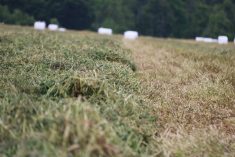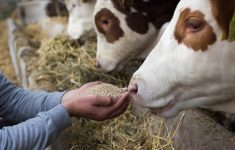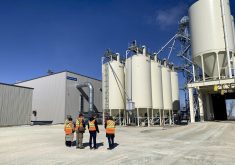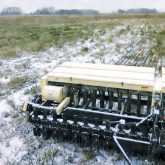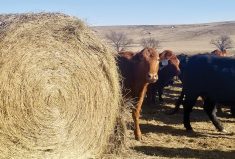When a forage crop is stressed, it can accumulate nitrates.
Elizabeth Nernberg, provincial forage and livestock specialist, says this can occur in any season and from a variety of conditions.
“Last year we did see some higher levels because any kind of plant stress can cause that.” she said. “Typically hail or frost are the top two but in the last years we did see some drought stress nitrates.”
Read Also
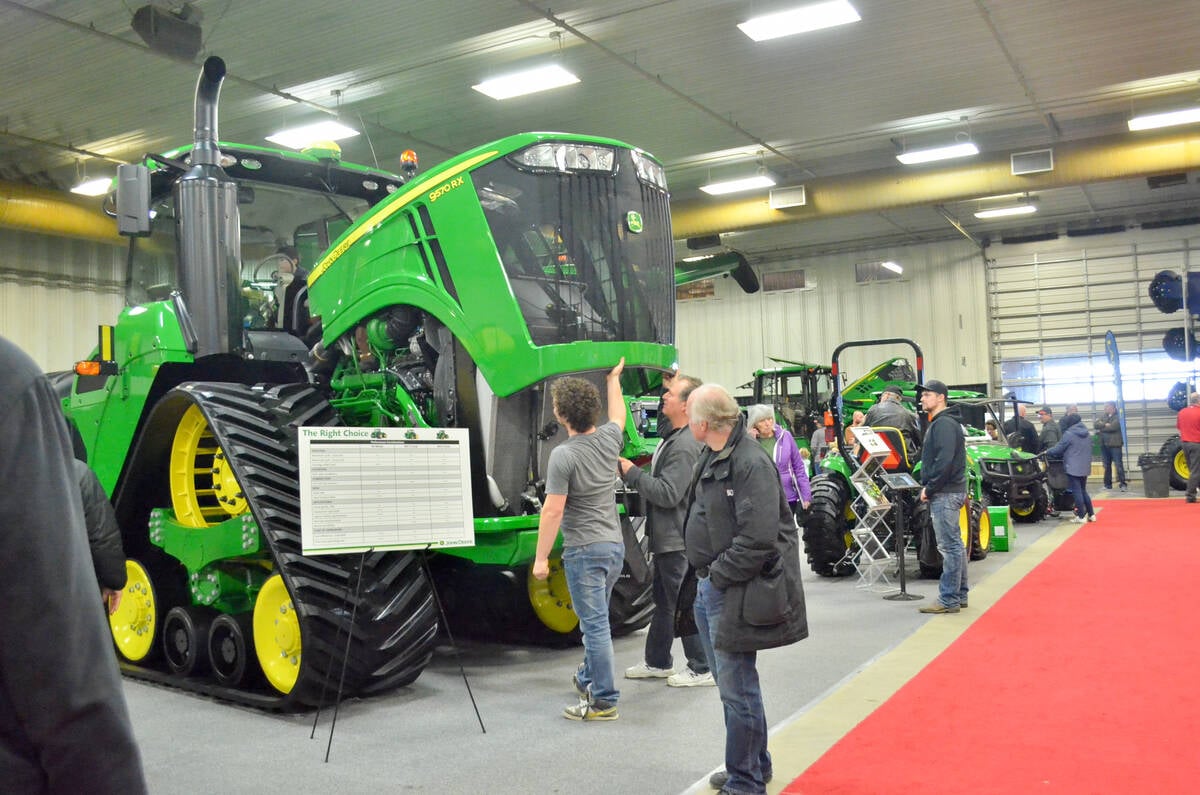
Manitoba Ag Days 2026 coming up fast
Canada’s largest indoor farm show, Manitoba Ag Days, returns to Brandon’s Keystone Centre Jan. 20-22, 2026. Here’s what to expect this year.
Forage harvest preparation can help manage it. Nernberg said ensiling can reduce the nitrate level by 30 to 50 percent but mainly it starts with identifying a problem.
Growers should consider field history. She mentioned cases where the field was prepared and fertilized for canola but was instead seeded with an annual forage.
“So those are some cases where you have to be prepared and manage the nitrates by being aware of that,” she said. “Was there manure applied to the field? More manure, chances are there could be more accumulation of nitrogen and of nitrates as well.”
End-of-season frosts can also stress plants and raise nitrate levels. If it’s a light frost, the plants may repair their own tissue through continued photosynthesis. With luck and warm weather, they may use the nitrates and no longer be a concern.
On the other hand, a killing frost can build up nitrates and trap them in plant tissue. It depends on frost length and severity.
“The other thing, I would suggest you get your feed tested,” Nernberg said. “Cattle can tolerate up to 0.5 per cent dry matter level nitrates. So, if it’s above that, we can just blend the feed and the bugs in the rumen, amazing little creatures, can adapt to those higher levels.
It’s not just a drought that increases risk to the herd“They can utilize the higher nitrate feed so that’s an important management consideration as well. And we also suggest not to feed it to late-pregnancy animals. There’s just a higher risk of abortion at that stage because the fetal needs for oxygen are just so much greater.”


